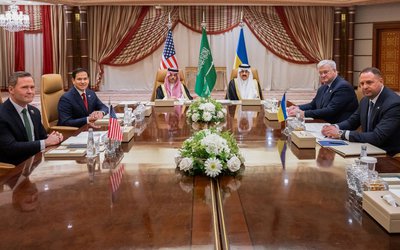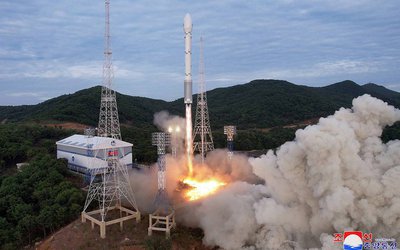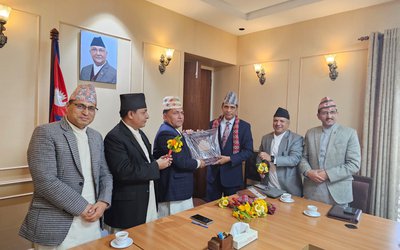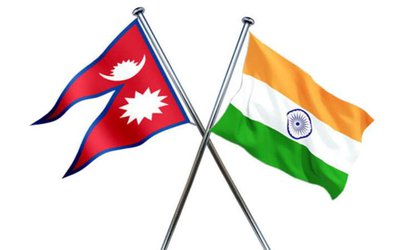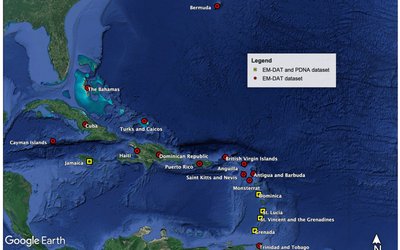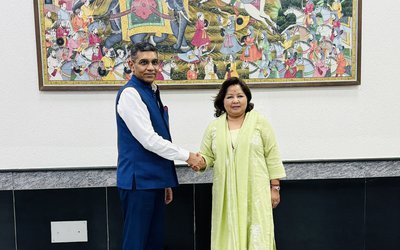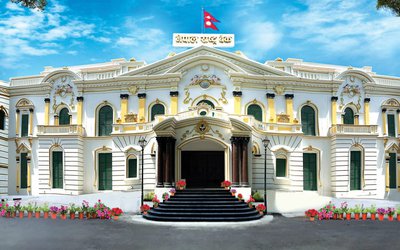
Eight South Asian Countries share many things in common. However, there are elements of diversity and differences as well. In dealing with bilateral relations, commonalities have little to do, but what matters is their own national interests, which is instrumental in taking decisions.
In the past three decades, the countries of the region are yet to make any major breakthrough in trade, people to people contact and other regional development agenda.
Established with an aim to promote peace, stability, amity and progress in South Asia through mutual respect among the member states for one another’s sovereign equality, territorial integrity, national independence, non-use of force and non-interference in the internal affairs of other states and peaceful settlement of all disputes, SAARC has adopted many lofty goals.
However, SAARC flourishes in academic exercises than real politick. There is merely less than 1 percent of annual trade between the members. Despite geographical proximity, there is no direct transport route to conduct bilateral trade.
Politically, India, Pakistan and Sri Lanka are stable, having periodic elections. All other nations are, in one or the other way, unstable. Bangladesh is going through the course of political chaos. Although Nepal, Bhutan and the Maldives hold the elections, they too are on an unstable course.
Along with this, the region has a history of long rivalries. As India is the largest country having shared borders with all the countries, South Asian regional cooperation is impossible without support from India.
Given India’s own security problems with China and Pakistan and China’s growing presence in South Asian countries, it is unlikely to see effective and functional South Asian Association for Regional Cooperation in the coming few decades. China is rising as a global force. India is also eying for high growth with high ambition to play a role at the global stage. Both want to retain their spheres of influence.
As India sees South Asia as within its sphere of influence, it challenges the presence of any outside power, including China, which also shares its borders with Nepal, India, Pakistan, Bhutan and Afghanistan.
Along with this, the relations between India and Pakistan is likely to determine the future of South Asian regionalism. Small countries of South Asia are more vulnerable in the context as India sees its neighbors’ growing interactions with China as against its own security interests. In reality, sharing culture, religion, ethnicity, language and geographical proximity, India’s small neighbors are not in a position to harm India.
Way back in 1985, the heads of state and government of the member nations realized their ties of history and culture, common problems, interests and aspirations and decided to foster mutual understanding, good neighborly relations and meaningful cooperation to thrive together in an increasingly interdependent world.
“SAARC will materialize since countries of the region cannot solve the problems like poverty, environmental degradation without close cooperation. This is what we can see in the last 17 summits where leaders expressed their continued commitment to collaboration and cooperation towards the goal of attaining collective regional prosperity,” said first general secretary of SAARC Yadav Kant Silwal.
“The ambit of engagement among the SAARC members has continued to grow by every passing year. Thanks to the involvement of the private sector, civil society, the media and academics, the scope of the regional body is widening further,” said SAARC General-Secretary Ahmed Saleem in his message on SAARC Charter Day.
As the poorest region of the world having a lot of challenges and problems, SAARC nations can see regional cooperation making a lot of difference in response to environmental degradation, terrorism and transnational crimes, drug and human trafficking, energy scarcity, disasters, poverty and deprivation. Secretary general Saleem expressed his belief that SAARC is the best thing in South Asia for effective economic integration, peace and harmony.
Despite well established secretariat of SAARC capable in dealing with half a dozen of observers and member states, SAARC is yet to move things at a desired pace. As China rises in influence while increasing its activities in the region and India is looking warily on China’s rise, the region is unlikely to see any meaningful cooperation happening at the moment.
- ADB’S CHIEF ECONOMIST: Nepal Reduces Poverty
- Mar 11, 2025
- FM DR. DEUBA: A Successful Visit
- Mar 11, 2025
- MD GHISING: Target Of Personal Grudge
- Mar 09, 2025
- UPPER TRISHULI-1 HYDROPOWER: Supporting Community Development
- Feb 24, 2025
- ADB POWERING NEPAL: Five Decades Of Support
- Feb 24, 2025




